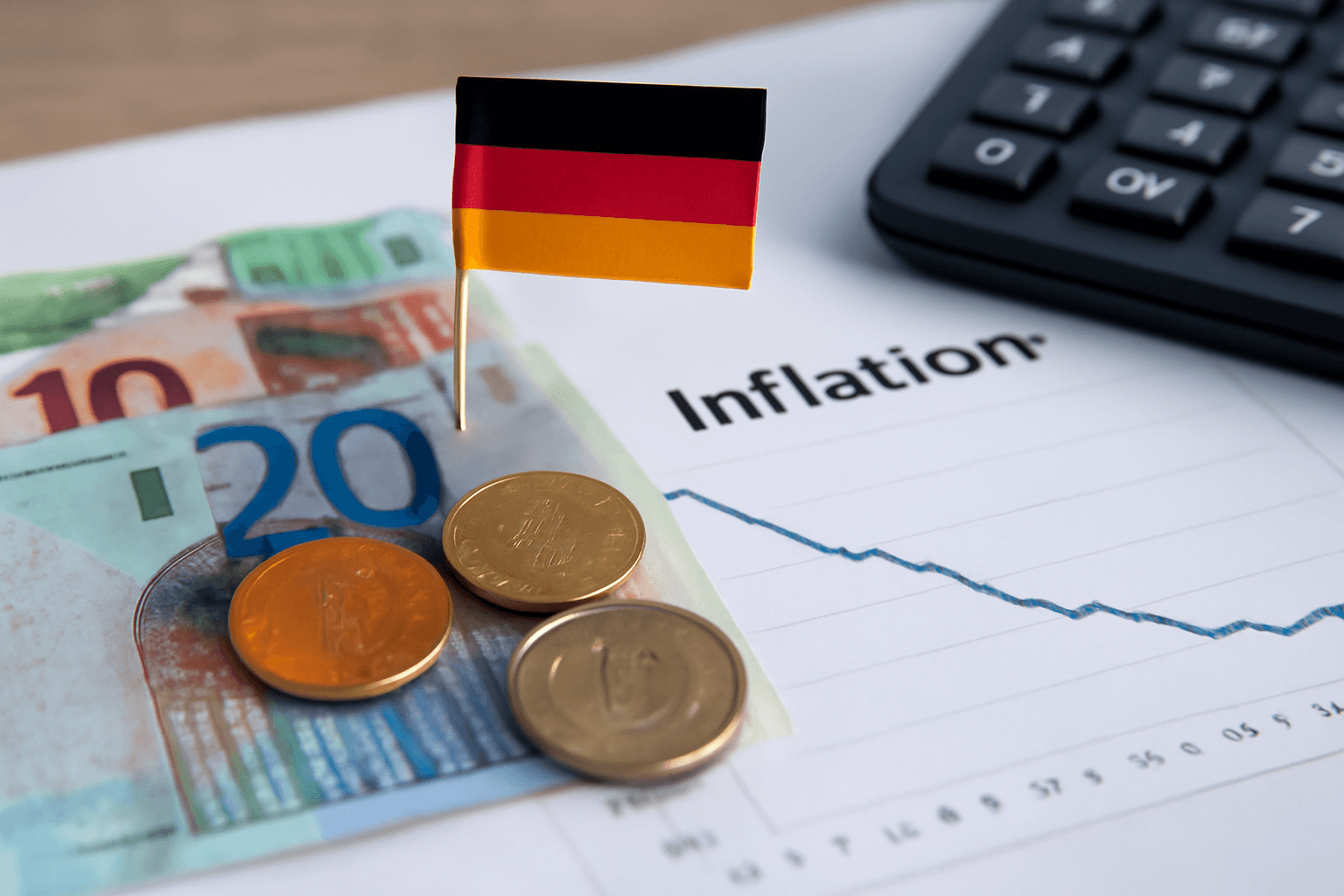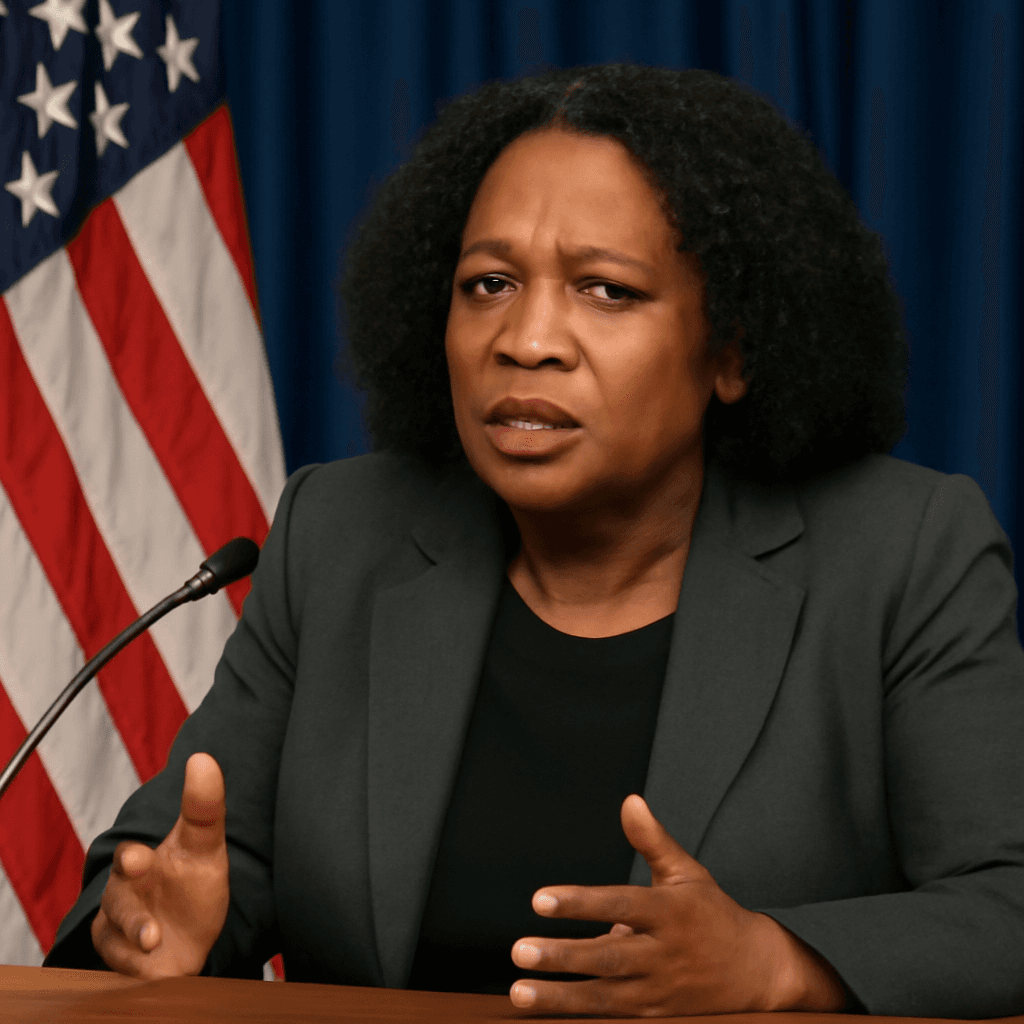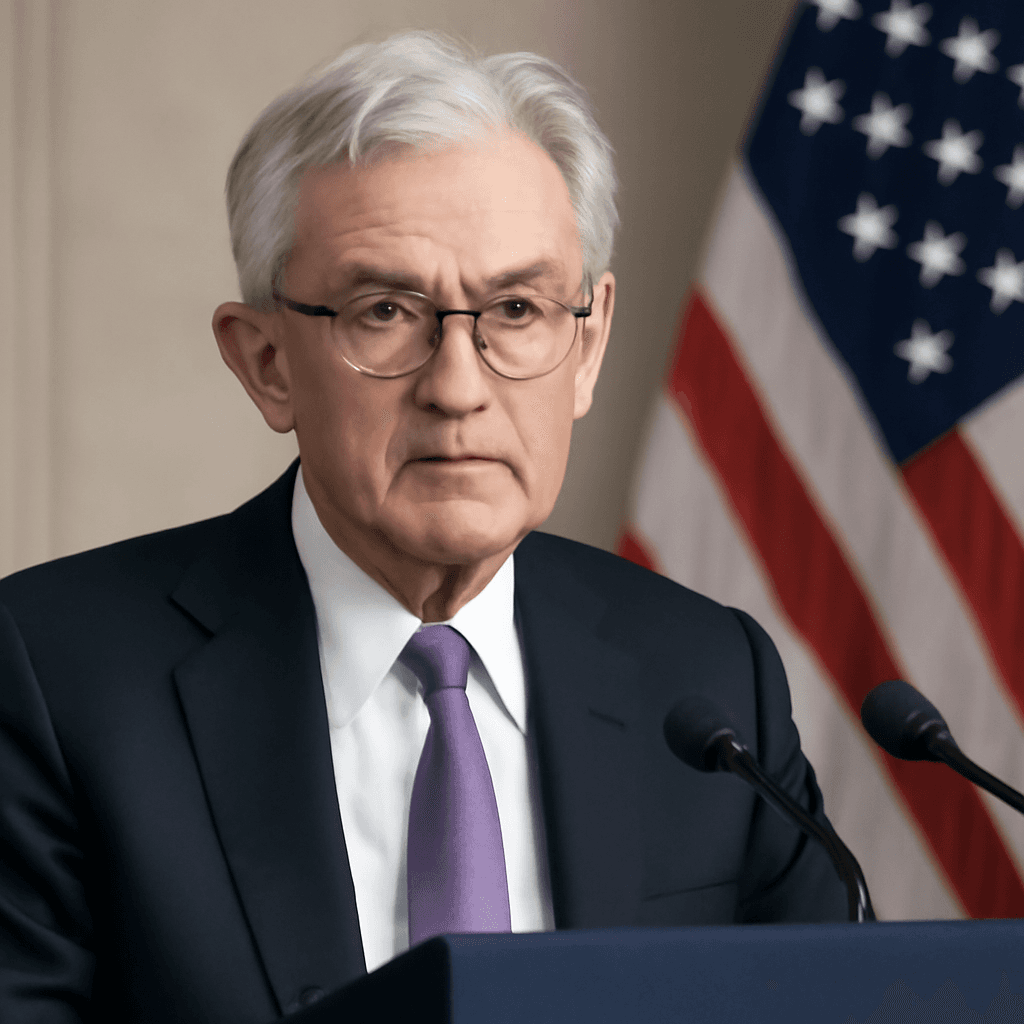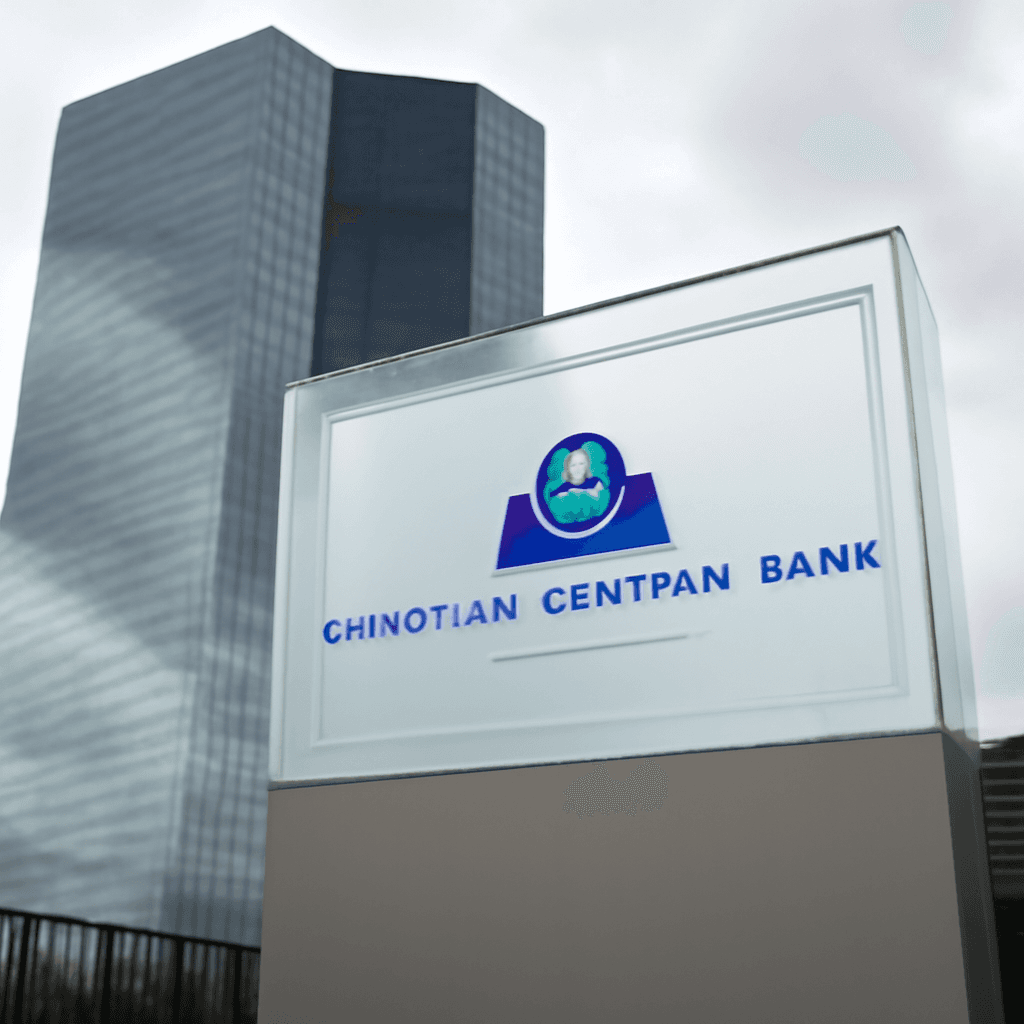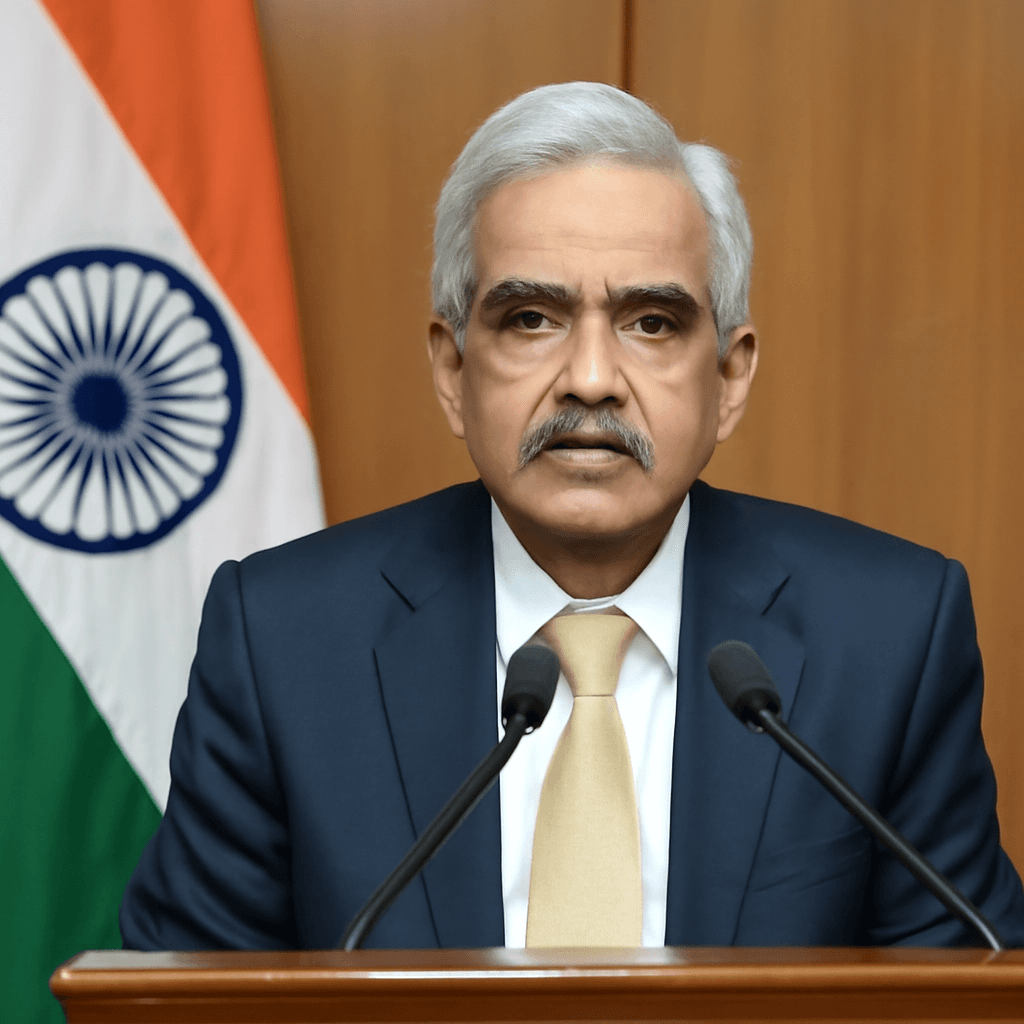UK Faces Renewed Inflation Challenges as Shop Prices Climb
Britain’s fragile progress in taming inflation has encountered a troubling new hurdle: shop prices surged at their fastest pace since March 2024, reigniting worries about how long inflationary pressures will persist. The British Retail Consortium (BRC) reported a 0.9% month-on-month increase in shop prices in early August, primarily fueled by a staggering 4.2% rise in food costs — the steepest since February 2023.
Food Price Hikes: Supply Issues and Labour Costs at Core
The sharp spike in food prices highlights underlying supply chain disruptions compounded by rising production costs. Essential items like butter and eggs experienced pronounced price jumps due to demand outpacing supply. Additionally, tight labour market conditions have pushed wages higher in food production sectors, further inflating costs. A poor cocoa harvest has driven chocolate prices up as well, signaling that recent hopes for easing global supply constraints and stabilizing energy costs may have been premature.
Expert Insight:
Dr. Emily Carter, an economist specializing in supply chain dynamics, explains, "What we’re seeing is a confluence of global and local factors. Even as energy prices stabilize, labor shortages and weather-related shocks in crop yields keep basic food items expensive. This puts sustained upward pressure on consumers’ grocery bills."
The Bank of England’s Inflation Dilemma
This resurgence in shop prices presents a thorny challenge for the Bank of England (BoE). Inflation, as measured by the Consumer Price Index (CPI), soared to 3.8% in July, its highest in 18 months. Forecasters at the BoE expect inflation to peak around 4% by September before a potential decline. This projection unfortunately places the UK as the worst-performing economy among the Group of Seven (G7) nations concerning inflation.
The persistently high food inflation is of particular concern because it tends to seep into broader economic expectations. Higher food bills often trigger wage demands as households seek to offset increased living costs—fueling the dreaded wage-price spiral that can be tough to break.
Adding complexity, recent increases in employers’ National Insurance contributions have forced retailers to transfer higher costs onto consumers, further squeezing household budgets. Retail sector leaders have warned the Treasury that additional tax hikes could undermine government efforts to improve living standards.
Labour Market Signals Mixed: Caution Amid Rising Costs
While inflationary trends intensify, the labor market shows signs of fatigue. Job vacancy data from platform Adzuna revealed a 1.2% monthly drop in vacancies in July and a slight dip (-0.3%) in advertised salaries after recent gains. Healthcare faced the sharpest slowdown, though construction demand remained more stable.
Despite a healthy annual increase in pay advertisements (nearly 9%), the month-on-month cooling suggests employers are growing cautious. For the Bank of England, this presents a delicate balancing act: inflation demands tight monetary policy, yet signs of labor market weakening may argue against further rate hikes.
Temporary Respite or False Dawn?
Official figures from the Office for National Statistics showed inflation eased to 2.6% in March amid falling petrol and toy prices and stable food costs, offering temporary relief. However, that calm was short-lived; sharp hikes in energy, water, council tax, and broadband bills in April signaled a likely rebound in inflation above 3%.
UK inflation dynamics are further complicated by international trade tensions. US tariffs on imports and retaliatory measures may push consumer prices higher globally. On the upside, a modest 10% tariff on UK exports to the US—less severe than anticipated—alongside the potential influx of competitively priced Chinese goods, could ease domestic inflationary pressures.
Economic Growth and Policy Challenges Ahead
The UK government has prioritized economic growth revival but progress is uneven. Monetary policy decisions face a tough crossroads: lowering interest rates might stimulate growth but risk reigniting inflation, while maintaining or raising rates could exacerbate labor market weaknesses and dampen consumer spending.
The Bank of England’s Monetary Policy Committee must navigate these competing pressures carefully in the coming months as the UK economy remains vulnerable.
Conclusion: Inflation Persistence Clouds UK Economic Outlook
The recent spike in shop prices highlights that inflation remains an entrenched problem for the UK. While some inflation drivers, like energy prices, may moderate, structural issues such as wage pressures and supply constraints persist. Policymakers face a high-wire act: managing inflation without undermining growth or deepening financial hardship for households.
As shop prices rise at their fastest rate since March 2024, the pressing question is not merely when inflation will fall, but how long its economic and social effects will continue to ripple.
Editor’s Note
Britain’s inflation story is far from straightforward. Underneath headline figures lie complex interplays between global supply chains, labor market dynamics, and policy trade-offs. For ordinary consumers facing higher grocery bills and stretched budgets, these challenges hit close to home.
As the Bank of England weighs next steps, critical questions remain: Can inflation be tamed without triggering a recession? How will wage pressures evolve amid lingering cost-of-living concerns? And what role will international trade tensions play in shaping the UK's inflation trajectory?
Keeping a keen eye on these developments is essential for understanding the economic pulse of the UK in the months ahead.




